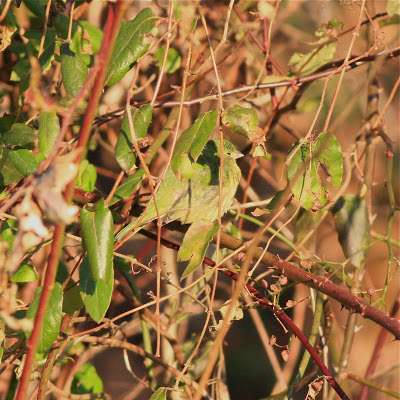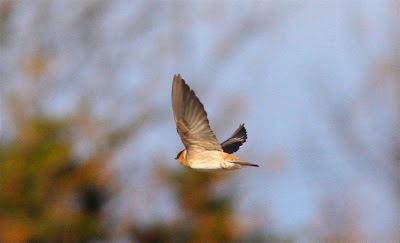So the saga of the Pacific Loons on the East End of Long Island this year turned out to be an interesting one. As previously mentioned the story starts last Saturday when Derek Rogers had a loon at Montauk Point that he couldn't quite pin down. Angus Wilson and I were nearby, but I was short of time and Derek didn't seem too sure that the bird was something different so neither of us followed up at the time. That night though, when Derek sent us some photographs we realized that Pacific Loon was a real possibility.
Pacific Loon is a tough bird on Long Island despite being regular just across the sound every Winter at Block Island. Angus' theory is that we simply have too many loons making picking the odd loon out a tough task, especially in the rough seas around Montauk Point. Having said that, Derek's photos looked good so I went back to Montauk the next day and spent about three hours checking the loons at the Point. I couldn't come up with anything unusual though and made different plans for the next day when the Painted Bunting was found in Queens that afternoon.
 |
| Pacific Loon (photo by Derek Rogers - used with permission) |
So on Tuesday morning I headed out to East Moriches, checked all the likely spots, but couldn't come up with a good candidate for Pacific. From Moriches I moved on to Montauk where I spent hours in the pouring rain scoping loons. I usually wouldn't stand out in the pouring rain on an exposed headland in November, at least not for hours, but not long after I got there I had a pretty good prospect. The bird looked good in the scope, good shape, color, bill-shape, and structure, but my attempts to get a photo with the iPhone ... through the scope ... in the rain ... and the wind ... with rough seas ... didn't really amount to much. So I finally had to admit defeat and headed home, only to hear that the Moriches bird was apparently seen by Mike Scheibel in the afternoon (!).
Wednesday, and back to the loon-mines, in fact I spend a total of 7 hours scoping loons at Moriches and Montauk that day. I did not see a single likely bird but, once again, late in the day, I heard that John Gluth, Mike McBrien and others got distant looks at the Moriches bird. This was starting to get a little old ....
 |
| Pacific Loon prospect at great distance (photo by Michael McBrien - used with permission) |
However if the Pacific Loon was tough, the Western Tanager was positively easy. On Thursday morning I got an early start and shot up to Athens, New York where I easily found the home that I had previously obtained permission to visit. As I pulled up close to the house, the tanager actually flew in front of the car and landed in a tree right next to the window (!). Now if only they could all do that. WESTERN TANAGER (NYS 2012 #356).
 |
| Western Tanager (shot through the bars of a deck) |
























